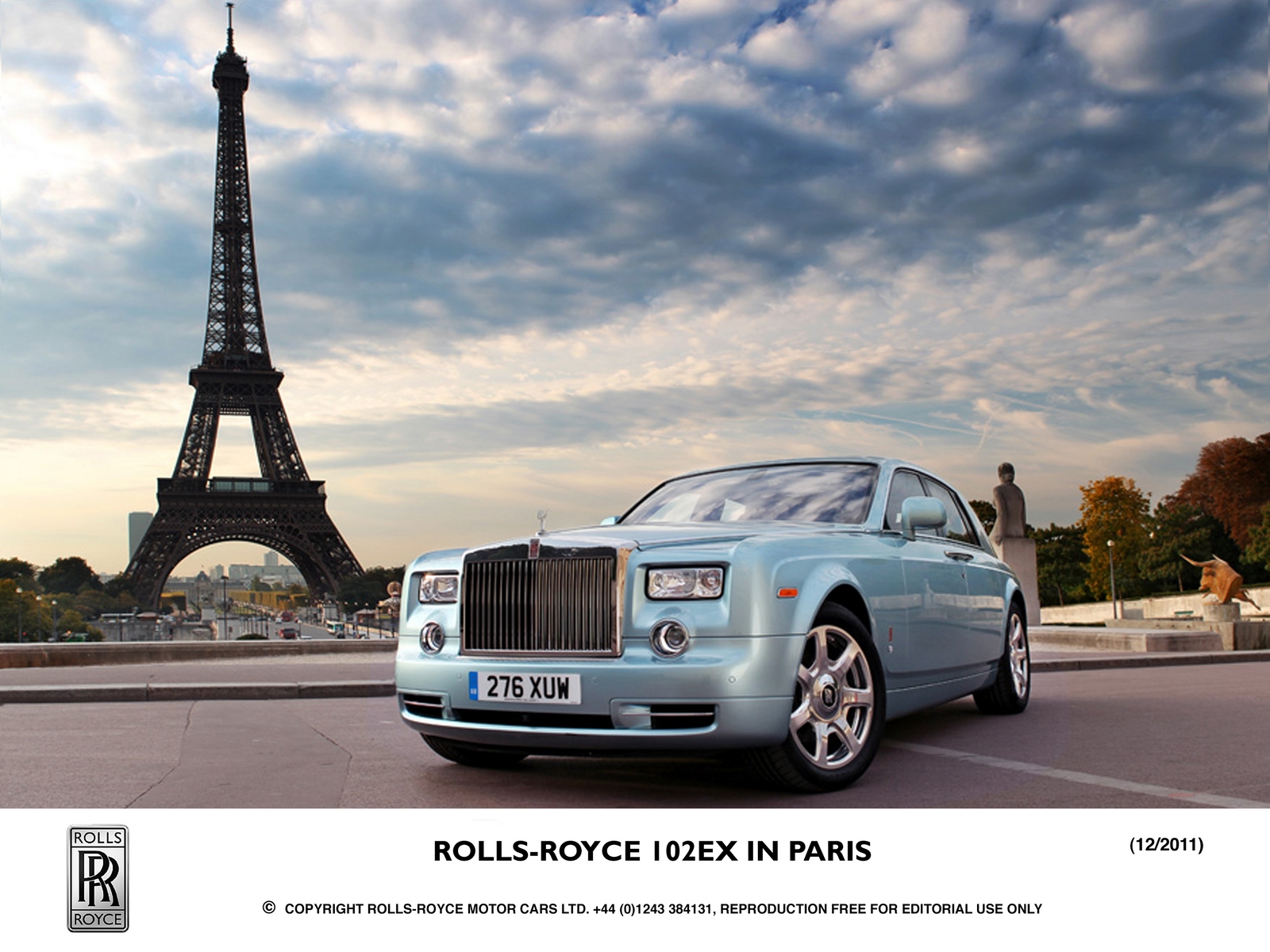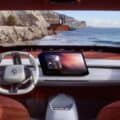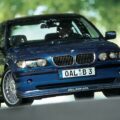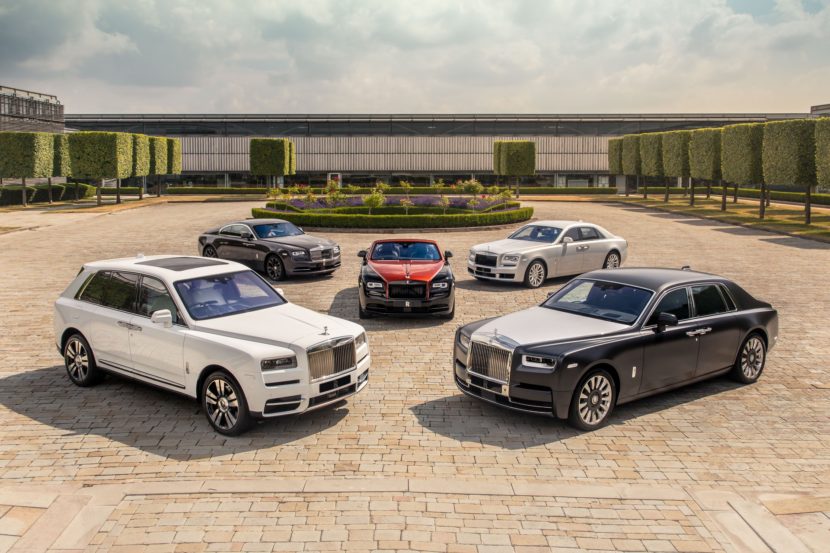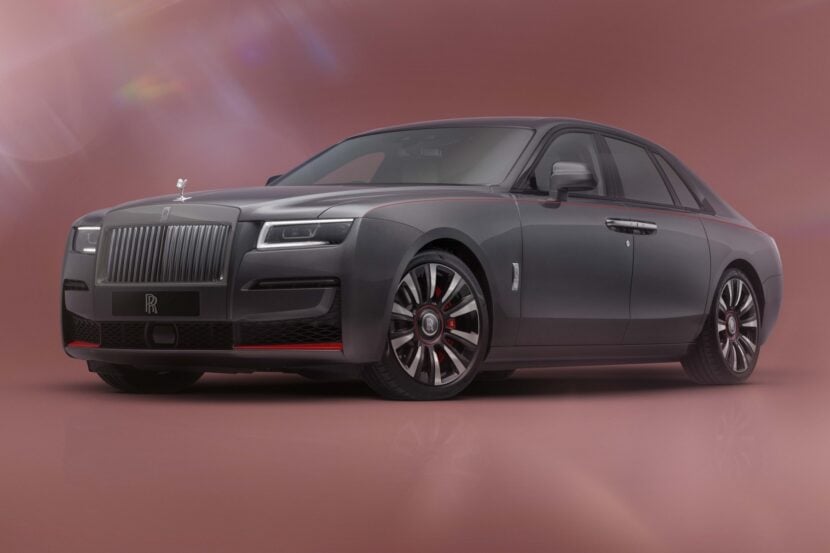Torsten Müller-Ötvös, CEO of Rolls Royce, says the company has scraped any plans to build a production version of the experimental 102EX electric Phantom.
The electric Rolls just returned to based after a world tour that put over 500 customers behind the wheel. For Car and Driver, Müller-Ötvös said that there is not enough demand for such vehicle despite the positive feedback received from customers who were impressed with the strong acceleration from standstill, as well as the silent ride.
Some of the shortcomings of the 102EX are the lengthy charge times needed for the large batteries (8-20 hrs), as well as the driving range anxiety from customers.
To overcome these challenges, Müller-Ötvös says that a range-extended drivetrain is something that the Goodwood-based automaker is looking into.
Rolls Royce 102EX made its world debut last year at Geneva Motor Show featuring a massive 71-kilowatt-hour lithium-ion battery housed within the aluminum spaceframe. Rolls-Royce is using large-form NCM pouch cells, or lithium-nickel-cobalt-manganese-oxide to be exact. Due to its experimental nature, the 96 cells are separated into 5 modules (38-, 36-, 10-, 8-, and 4-cell units) and arranged in such a way that the overall battery takes on the shape of an engine and transmission.
The battery weighs 1,411 pounds.
The battery outputs 850 amperes at 338 volts to two electric motors linked to a rear transaxle. The single-speed gearbox takes each motor’s 145 kilowatts (194 horsepower) and sends up to 388 horsepower to the rear wheels. Given its electric nature, the two motors will have up 590 combined pound-feet of torque on demand. The 0-60 mph time is quoted as being under 8 seconds, and there’s a governed top speed of just under 100 mph. A quite impressive performance for such a massive vehicle, around 3,000 kilograms.


